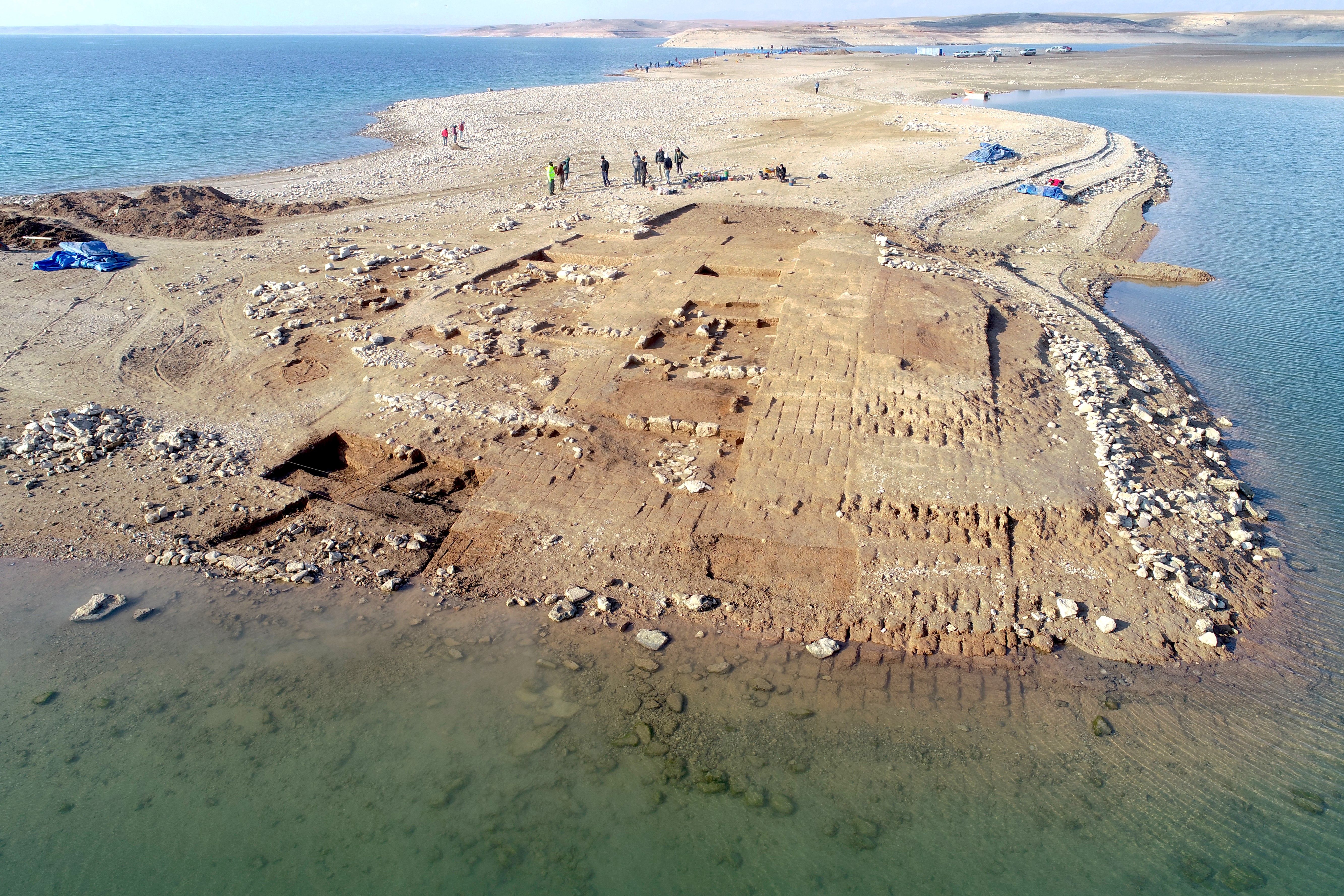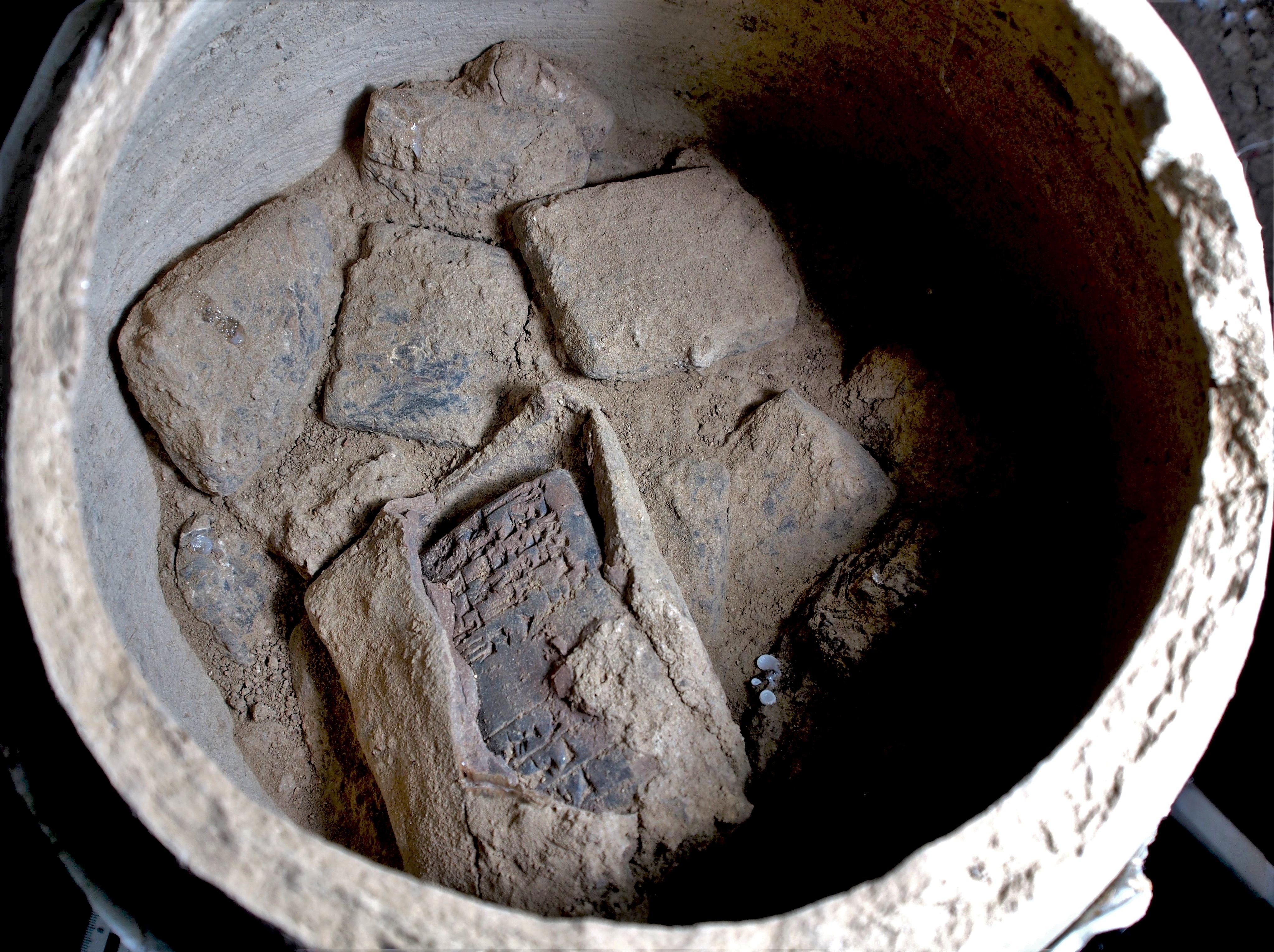A while back, Tegan and I became aware of an upcoming video game in which you play as a cat. All I knew about it for sure was that you could knock things over, you could find places to curl up and sleep, and you could interact with other cats. It sounded like a cute, harmless game that might be fun for unwinding. Then, more recently, we saw the launch trailer, and it was very clear that there’s a lot more to this game than just wandering around as a cat.
I’ll try to avoid any spoilers that aren’t in the trailer, but as you can probably tell, all is not well in the world of this game. Early gameplay is a little confusing. It takes you through the basic controls by having you go through the normal life of yourself and your cat family. The game starts when you get separated in a very dramatic moment, and find yourself in a strange underground world full of pipes and fuseboxes, odd lighting, and graffiti.
As the trailer shows, when you encounter “people” – the robots – they’re terrified of you. It seems a little odd, as you’re just a cat with a little backpack, but as you learn about who the robots are, where they came from, and what their lives are like, you learn to share their terror.
This is a horror game, without question, but the moments of fear and revulsion are cushioned by genuinely beautiful artwork, and a very peaceful atmosphere. And then you go deeper, into the sewers where robots dare not tread, and you learn that the robots were more right to be afraid than they knew. The walls are alive, and they’re watching you.
And lest you’ve forgotten, you’re literally just a cat. There’s an achievement for using up your first nine lives – want to know how I found out? In that regard, playing this game can be a little rough, but not as bad as you might fear from what I’ve written so far. The fact that cats are small and agile is central to both the plot and the gameplay, and as in real life, the wise cat gets very good at running away.
I’m not sure how far into the game we are (Tegan’s been watching over my shoulder), but I’m guessing maybe halfway through? The story is fascinating so far, and I already know I’m going to have to play through again because there are a number of things I’ve missed, and can’t go back to complete. I’m also very impressed by the way the people who made this game have been able to convey so much with only little bits of dialogue and exposition here and there. You only get to learn what the other entities around you know, and often they know very little.
This is a game for cat lovers, if a little stressful for them to play. It’s also a great game for people who like stuff like the works of H.P. Lovecraft. I think I might have nightmares…
If you like the content of this blog, please share it around. If you like the blog and you have the means, please consider joining my lovely patrons in paying for the work that goes into it. Due to my immigration status, I’m currently prohibited from conventional wage labor, so for the next couple years at least this is going to be my only source of income. You can sign up for as little as $1 per month (though more is obviously welcome), to help us make ends meet – every little bit counts!
.


